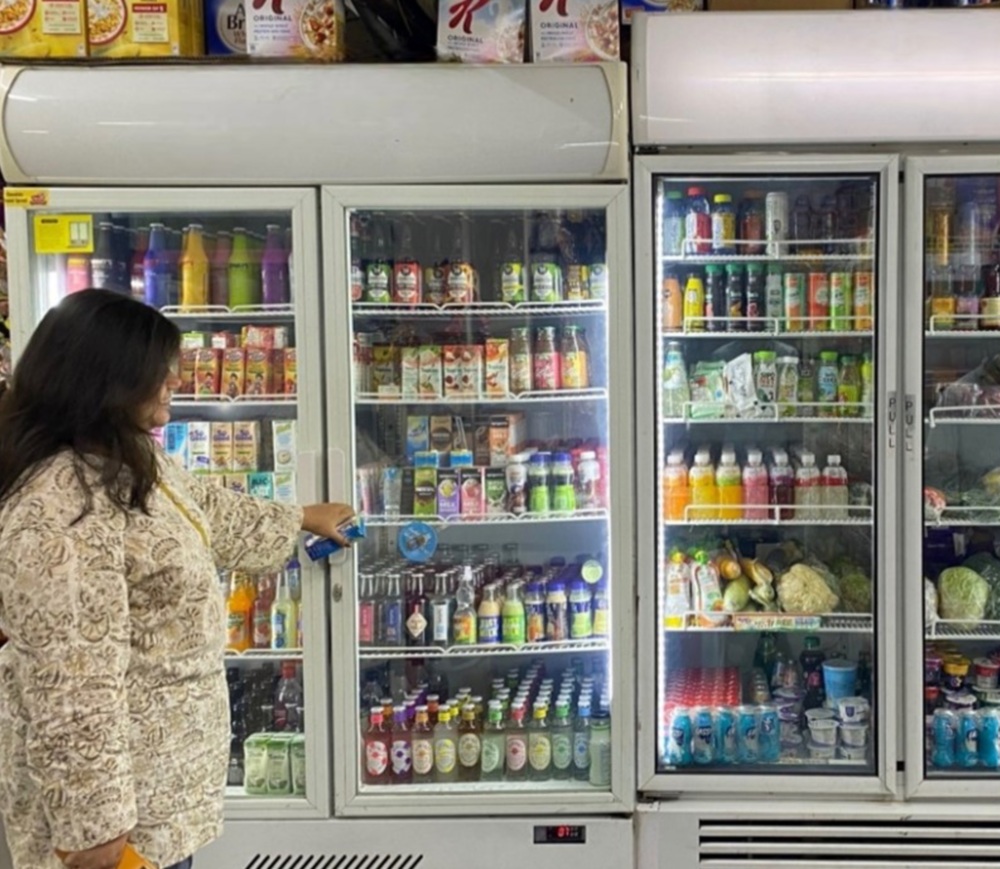Accelerating the Adoption of Energy Efficient Air Conditioners
Summary
This guide focuses on room air conditioners and is intended to provide policy makers with information and best-practice case studies on how to promote energy-efficient and climate friendly room air conditioners in their respective national markets.
In 2015, room air conditioners accounted for approximately 20 per cent of the residential electricity demand in 150 developing and emerging countries. In those countries, the number of room air conditioners in use is expected to increase to 1,5 billion in the next 15 years. Air conditioning makes up a significant portion of household energy demand in particular in regions with hot climates where periods of high use correlate with peak demand.
Over 40 countries around the world have already implemented regulations for air conditioners. By expanding similar regulations to more countries, the market transformation to climate friendly and energy-efficient room air conditioners can result in significant energy savings. Because of this potential, the United Nations SecretaryGeneral’s Sustainable Energy for All (SEforALL) initiative identified energy-efficient appliances as a “high-impact opportunity.” They have the potential to reduce countries’ greenhouse gas (GHG) emissions, generate significant economic benefits, enhance energy security, and improve people’s well-being.
This guide focuses on room air conditioners and is intended to provide policy makers with information and best-practice case studies on how to promote energy-efficient and climate friendly room air conditioners in their respective national markets.









